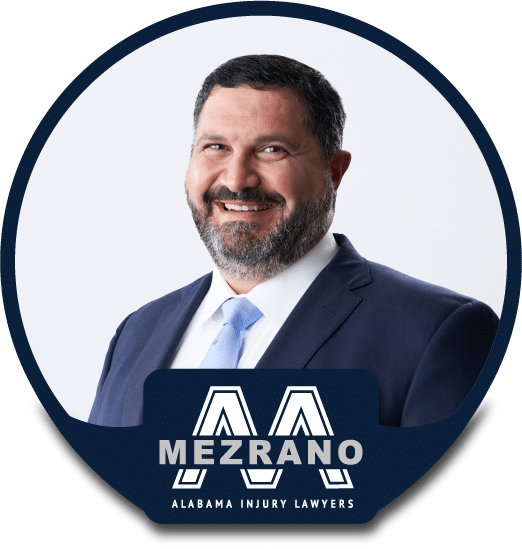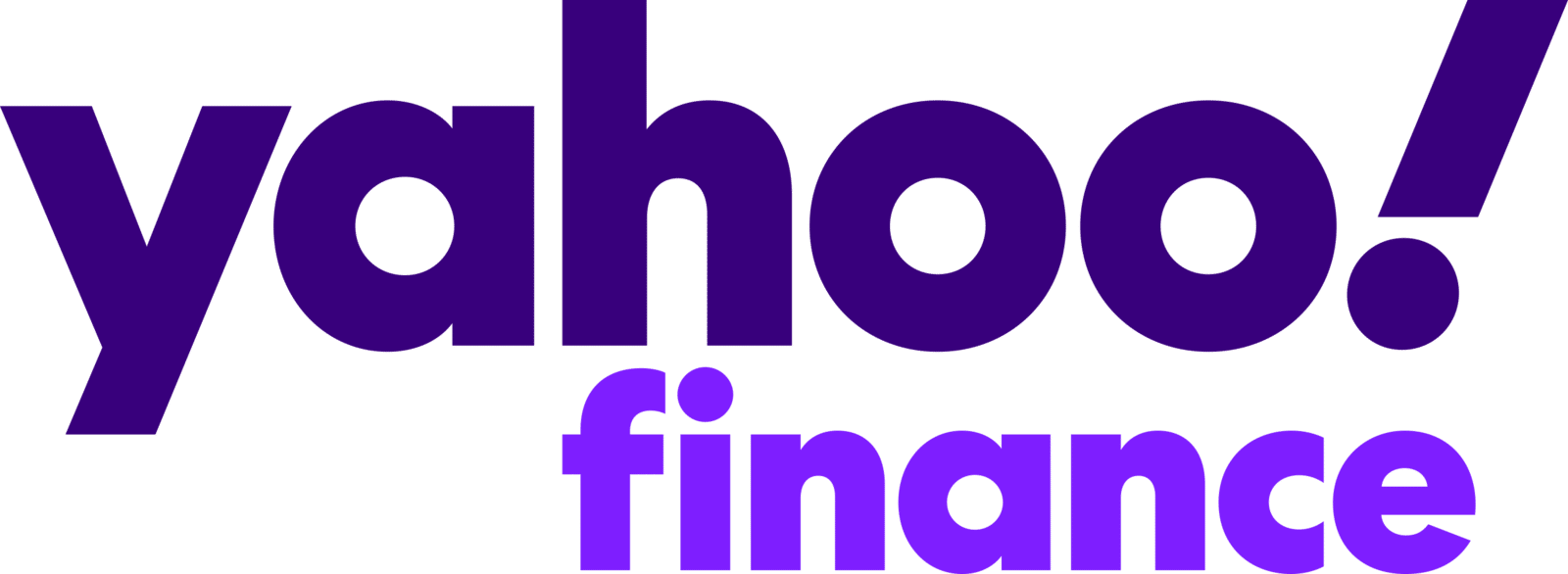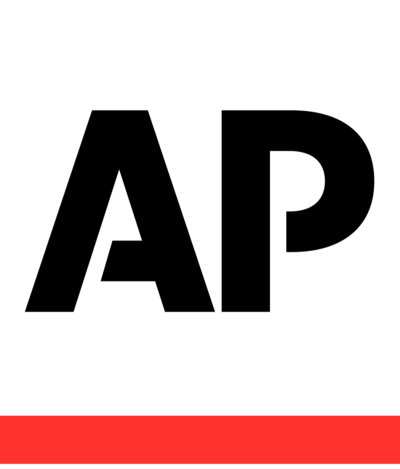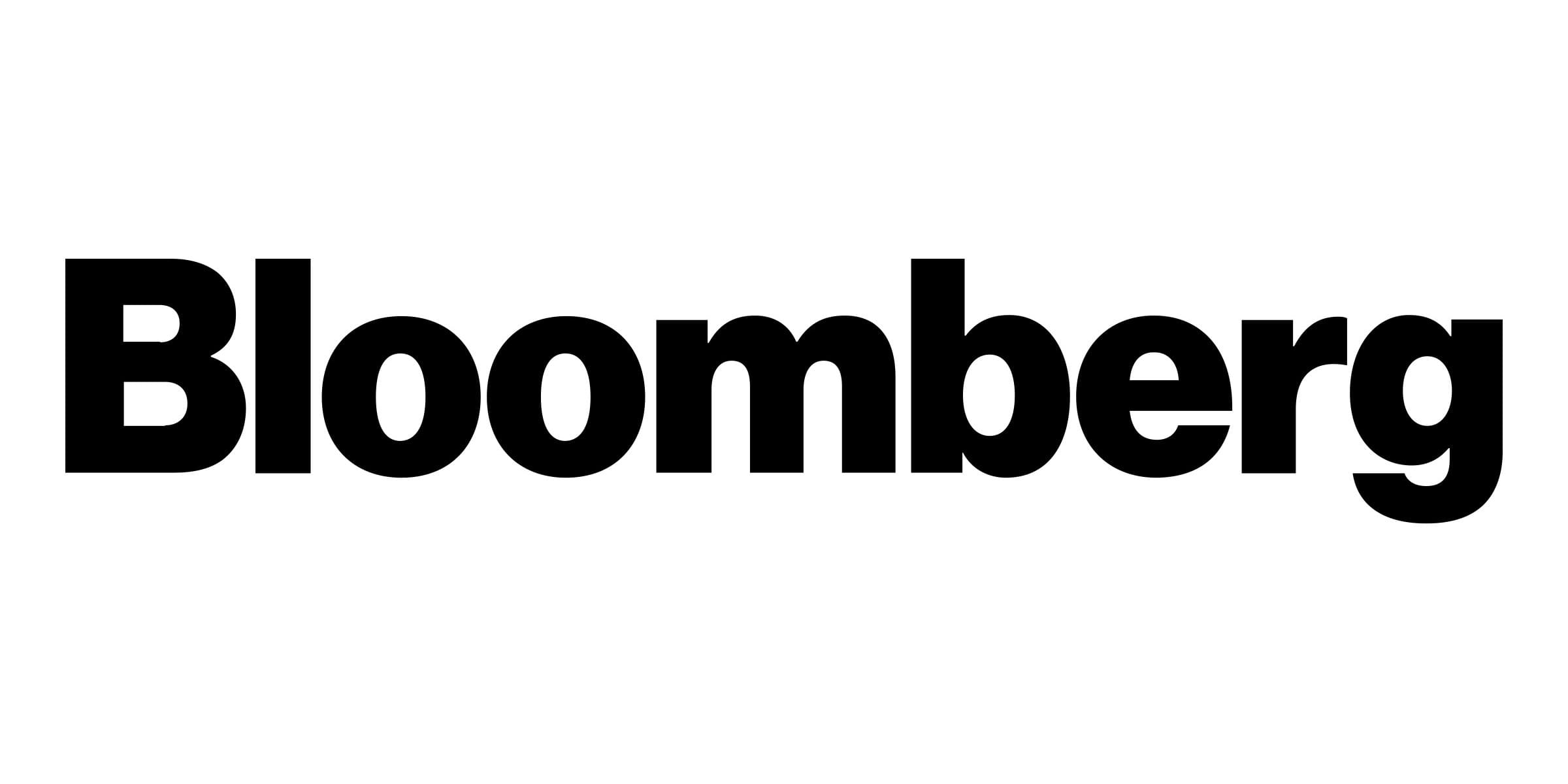Who Pays for Property Damage in Car Accident?
Last updated Thursday, March 14th, 2024
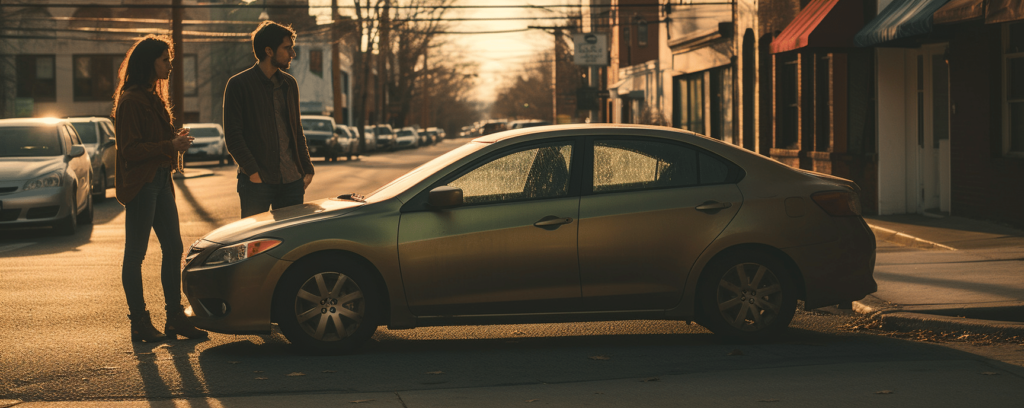
After a car accident, one pressing question is who pays for property damage in car accident situations. In most cases, the at-fault driver’s insurance is responsible, but the reality can be more complex depending on insurance coverage, state laws, and the specifics of the accident. This article will guide you through understanding your coverage, your rights, and the process of determining financial responsibility for property damage after a car accident.
Key Takeaways
- In Alabama, establishing negligence is crucial for determining liability in car accidents, with the contributory negligence rule potentially barring compensation if the plaintiff is even partially at fault.
- Understanding the specifics of car insurance coverage, such as liability, collision, and comprehensive insurance, is imperative for financial protection and ensuring adequate coverage for various types of damages.
- Filing a property damage claim involves promptly reporting the accident, gathering detailed documentation and evidence, and possibly negotiating with insurance adjusters or seeking legal assistance to ensure fair compensation.
Get Your FREE Case Review Today
Contact us today and we will help you get the compensation that you deserve.
or Send Us Your Case DetailsGet Your FREE Case Review Today
Contact us today and we will help you get the compensation that you deserve.
or Send Us Your Case DetailsDetermining the Responsible Party for Property Damage
In Alabama, as in many states, the key to determining responsibility for property damage in a car accident lies in establishing negligence. The negligent party, or the at fault party, is held responsible for the damages incurred by accident victims. It sounds straightforward, but it’s a process that requires collecting clear evidence such as eyewitness statements, traffic camera footage, and police reports.
However, Alabama’s strict contributory negligence rule adds a level of complexity. Under this rule, if a plaintiff is found to hold any degree of fault in causing the accident, they are ineligible to receive compensation. This makes the process of determining fault contentious and time-consuming, causing potential delays in compensation for property damage.
Understanding Your Car Insurance Policy
Car insurance policies can be complex, but understanding them is crucial to ensure financial protection after an accident. Policies typically include a premium, deductible, coverage amounts, and instructions on how to file auto insurance claims. One of the most critical parts of your policy is liability insurance.
Liability insurance, mandatory in most states, covers damages for accidents when the policyholder is at fault. It forms a safety net around your financial assets, protecting you from paying out of pocket for damages or injuries you cause in a car accident. Understanding your car insurance policy is a proactive step in ensuring that you’re adequately covered in the aftermath of an accident.
Collision Coverage and Its Benefits
Collision coverage is a specific type of auto insurance that provides financial protection for vehicle repairs after an accident, regardless of who is at fault, up to the limits of the policy. The coverage includes a deductible, which you’ll need to pay out of pocket before your insurance steps in. This deductible typically ranges from $250 to $1,000 and can influence the premium cost.
While collision coverage isn’t mandatory by state law, it can be a requirement from financing companies if your vehicle has an outstanding loan. It’s particularly beneficial for leased, financed, newer vehicles, or vehicles with good value relative to the deductible and premium rate. If your vehicle is a total loss, collision insurance may pay out the depreciated value of the vehicle after subtracting the deductible.
Comprehensive Coverage for Non-Collision Incidents
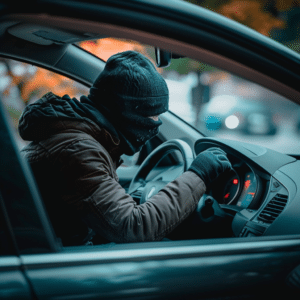
- natural disasters
- theft
- vandalism
- contact with animals
Unlike collision coverage, comprehensive coverage does not pay for damages that result from car accidents. However, having this coverage in your insurance portfolio ensures that you’re covered for a wide range of incidents, providing peace of mind and financial protection against unexpected non-collision events.
Filing a Property Damage Claim with an Insurance Company
Filing a property damage claim involves several key steps. The process begins at the scene of the accident, where you should immediately file an accident report and obtain the other party’s insurance details. Once the initial shock of the accident subsides, the real work begins. You’ll need to report the claim to both the at-fault driver’s insurance and your own insurer, requesting that a claims adjuster inspects the damages.
The reporting process doesn’t end at the scene of the accident. You should secure a copy of the accident report within 3-5 business days and forward this to both insurance adjusters involved. Armed with ample documentation and a fair market value assessment, you’ll be in a strong position to negotiate the property damage settlement.
Documentation Needed to File a Claim
To successfully file a property damage claim, you’ll need a slew of documents at your disposal. Essential documentation includes:
- The accident report
- Vehicle repair estimates
- Fair market value if the car is a total loss
- Photographs of all damaged vehicles and personal property
Don’t overlook any out-of-pocket expenses related to the damage. Retaining all receipts and invoices is essential, as they must be provided to the insurance company during the claims process. Documentation should also include evidence of car enhancements such as aftermarket stereo systems or custom rims and rental car costs during car repairs, which may require appraiser consultation.
High-quality photographs detailing the extent of the damage are crucial pieces of evidence that can help track progress and repair costs.
The Role of Insurance Adjusters
Insurance adjusters play a key role in evaluating car accident claims. They are tasked with determining the cost of vehicle repairs, the reduced value of a vehicle post-repair, and the fair market value of vehicles deemed a total loss. Maintaining a positive relationship with insurance adjusters can ease the claims process. Promptly responding to communication, remaining calm and professional, and cooperating during vehicle inspections are crucial behaviors that claimants should exhibit.
Not only do insurance adjusters evaluate claims, but they also negotiate settlements with claimants. To support your claim, it is important to:
- Document communication with the adjuster, especially through follow-up letters for important discussions
- Use photos to clearly depict the damage
- Prepare a comprehensive account of all damages
These practices will help strengthen your claim and ensure that you receive a fair settlement.
Effectively articulating the full extent of property damage, including any depreciation and loss of use, can aid in securing a more favorable outcome during negotiation discussions with insurance companies.
What If the At Fault Driver Lacks Enough Coverage?
What happens if the at-fault driver’s insurance can’t fully cover your property damage? There are a few options. One option is to file a collision claim with your own insurance policy. In Alabama, uninsured motorist coverage follows the person, not the vehicle, which means that your coverage can step in when the at-fault driver’s insurance is inadequate.
If your losses are significant and the at-fault driver’s insurance is insufficient, you may need to pursue legal action to secure full compensation for property damage. Uninsured/Underinsured Motorist (UM/UIM) coverage is crucial for protection against drivers who lack adequate liability insurance. In Alabama, you may file a UM claim with your own insurance company to compensate for damages.
Alabama’s insurance regulations require a minimum of $25,000 coverage for property damage, but policyholders have the advantage of ‘stacking’ UM coverage up to three times based on the number of vehicles in the policy for additional protection.
Seeking Legal Assistance for a Property Damage Claim

- the claim amount is significant
- establishing fault is complex
- there’s a large discrepancy between the claimant’s desired amount and the insurance adjuster’s offer
In these cases, an attorney’s representation becomes essential.
Attorneys can also be critical in the following situations:
- When insurance companies offer low settlements
- When insurance companies deny claims citing policy exclusions
- When the claimant faces any other contentious issues with the insurance company
Engaging legal expertise can be invaluable for navigating ambiguous insurance contracts, disputed coverage areas, and negotiating with insurance companies for a fair settlement.
If compensation for injuries necessitates a thorough investigation, having a lawyer on your side can be a game-changer.
Strategies to Ensure Maximum Compensation for Property Damage
Once you’ve navigated the initial stages of a property damage claim, your next focus should be on maximizing your compensation. Collision insurance can help avoid out-of-pocket repair costs that exceed the deductible and provides coverage if the damaged vehicle is considered a total loss, reducing the financial burden on you.
Understanding the limit of your collision coverage is crucial. It typically corresponds to the actual cash value of the vehicle, so being aware of this can aid you in preparing for the possibility that the payout might not afford a newer replacement vehicle. Underinsured motorist (UIM) coverage can offset various out-of-pocket expenses like the collision deductible and rental car costs that might result when the at-fault driver’s insurance is inadequate.
Importance of Higher Limits in Liability Insurance
Having higher limits in your liability insurance can be more beneficial than you might think. Higher policy limits for bodily injury coverage and property damage coverage can help avoid paying out-of-pocket expenses for costs not covered by a basic policy.
Increasing auto liability limits can also protect your personal assets from being at risk in the event damages exceed the policy limits. The amount of liability insurance coverage should be enough to protect your assets in case you’re found at fault in an accident. Higher liability insurance limits enable you to negotiate settlements that fully cover the extent of property damages without the risk of personal asset loss.
Insurance carriers are only obligated to pay up to the limit specified in the auto policy, leaving you responsible for any excess amounts if the limits are too low. It’s recommended to carry minimum auto liability limits of 250/500/250 and purchase a personal umbrella insurance policy for additional protection.
Negotiating with Insurance Companies
Negotiating with insurance companies is a crucial part of the property damage claim process. It’s important not to accept the first settlement offer from an insurance company as it is commonly lower than the claim’s actual value. Before entering negotiations, make sure to calculate all economic and non-economic damages.
Demonstrating the value of the damaged property with concrete evidence such as repair estimates and recognized valuation guides strengthens your position during settlement negotiations. Insurance adjusters make initial settlement offers based on vehicle inspections, repair estimates, and valuation guides, with the possibility of engaging in further negotiations with claimants or their legal representatives if these offers are insufficient.
Knowing your bottom line for settlement acceptance is essential to ensure that negotiations result in fair compensation and to avoid accepting offers that do not cover all damages.
The Impact of State Laws on Property Damage Claims
State laws can considerably impact property damage claims and the compensation process. In Alabama, for instance, the state operates under a fault-based insurance system, meaning the driver who causes an accident is liable for damages through their property damage liability insurance. Alabama is not a no-fault state, so personal injury protection (PIP) insurance is not required.
This fault-based system means that once fault is determined, the at-fault party’s insurance company assesses liability and decides whether to settle or go to court. The state requires a minimum of $25,000 in liability insurance coverage for property damage. If you’re a victim, you must provide evidence of negligence to seek compensation for property damage under Alabama law. Even uninsured but not at-fault drivers in Alabama retain the right to pursue compensation for damages. However, the state’s contributory negligence rule can bar recovery of damages if the claimant is found even one percent at fault.
Additional Coverage Options to Consider
When considering your auto insurance policy, there are additional coverage options that can provide further financial protection in the event of an accident. One such option is uninsured/underinsured motorist coverage, designed to provide protection when involved in an accident with a driver who lacks sufficient insurance coverage or has none at all.
Another option is Personal Injury Protection (PIP), also known as no-fault insurance. PIP covers a range of expenses regardless of who is at fault in an auto accident, including medical treatments, lost wages, and even funeral expenses. However, it’s important to note that PIP does not extend to damage to one’s vehicle, theft, damage to others’ property, or medical costs that exceed the PIP coverage limits. In such cases, pursuing a personal injury claim may be necessary.
Frequently Asked Questions
Which of the following situations would be covered by the medical payments coverage of a personal auto policy?
Medical payments coverage of a personal auto policy would cover medical expenses resulting from an auto accident for the insured, their family, and anyone in the car at the time of the collision, regardless of fault. It typically covers doctor visits, hospital stays, surgery, X-rays, and other medical bills.
How is fault determined in a car accident in Alabama?
Fault in a car accident in Alabama is determined by gathering and presenting evidence, such as police reports, to support the claims made by the involved parties. This evidence is crucial in establishing fault in the accident.
What is Alabama's contributory negligence rule?
In Alabama, if a plaintiff is found to hold any degree of fault in causing an accident, they are ineligible to receive compensation. This means the plaintiff must be completely free from fault to receive compensation.
